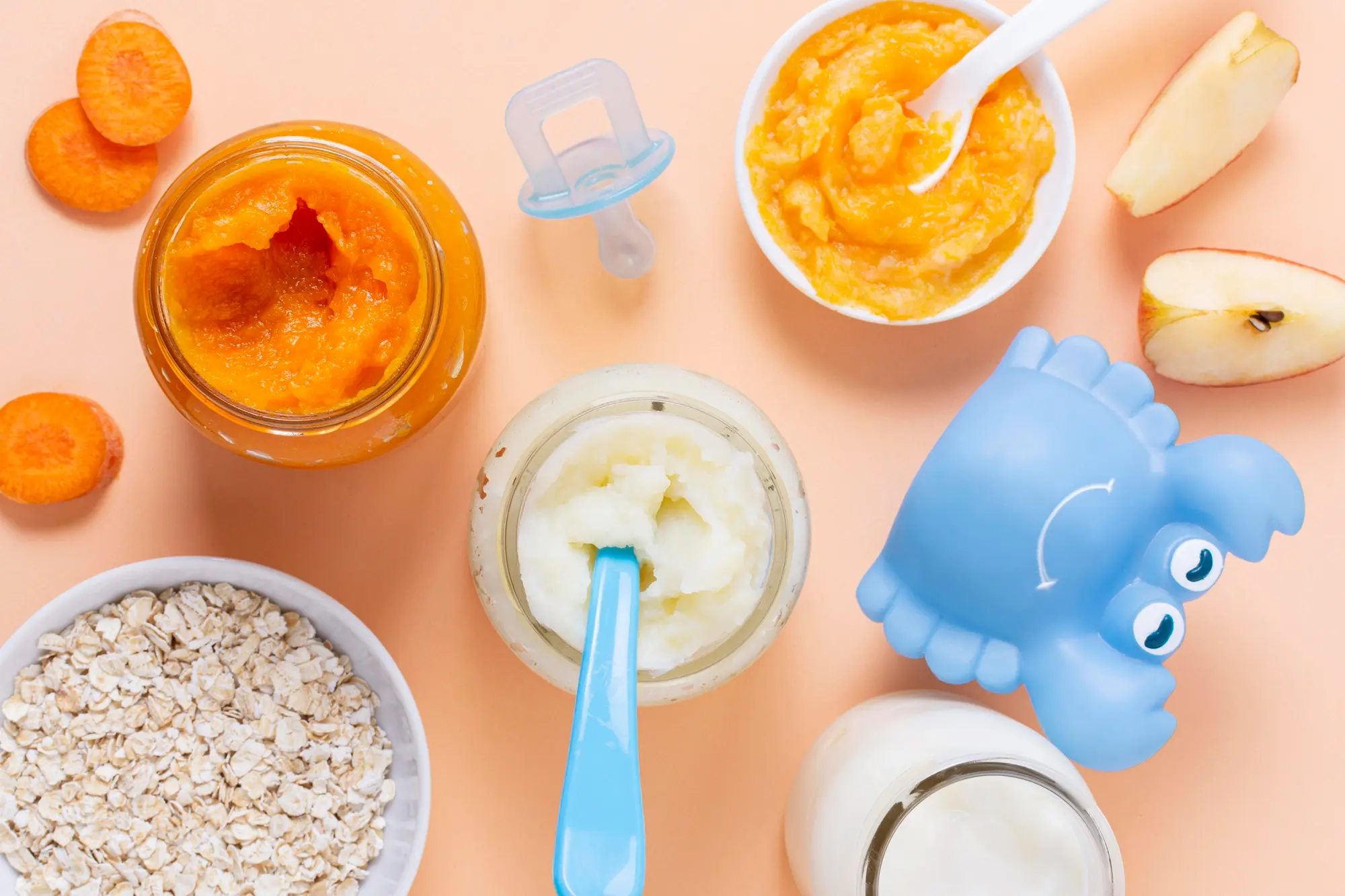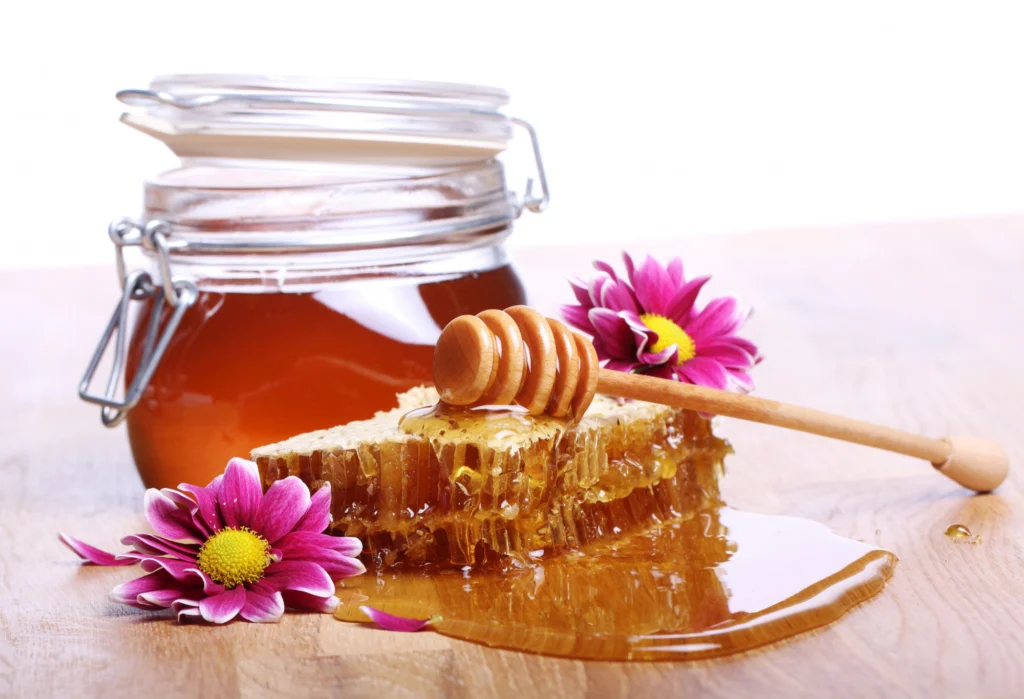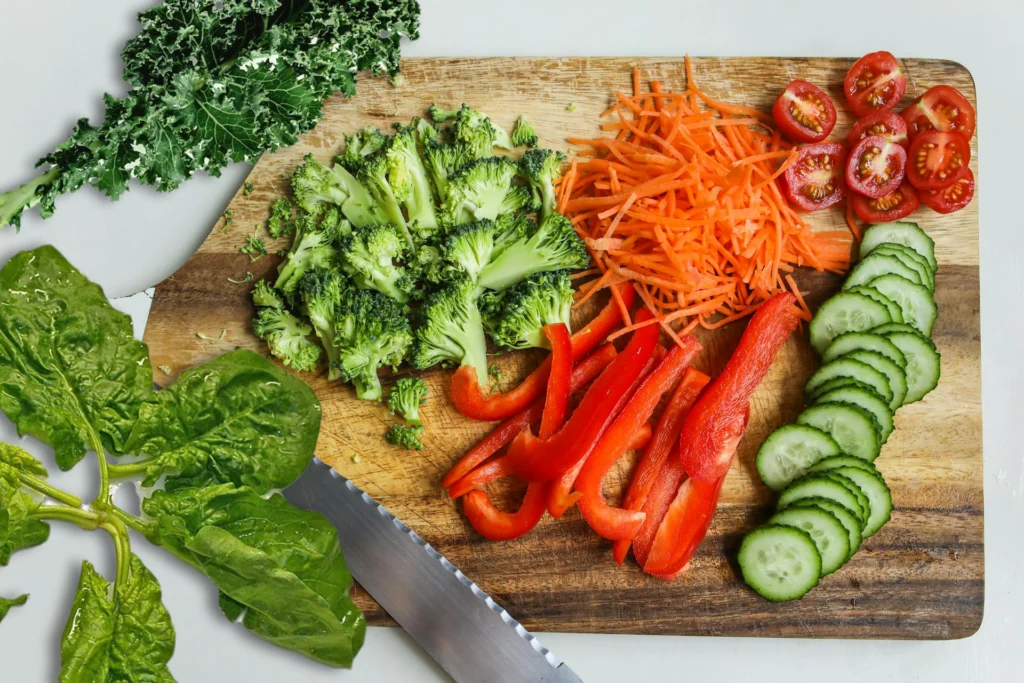Feeding your baby? It’s a whole thing. Labels everywhere. Too many choices. It can get confusing, fast. And when you add organic baby food to the mix, it’s a whole new layer. What’s real? What’s just a label? Here’s a guide to cut through the noise, so you can feel good about what’s in that tiny spoon.
What Is Organic Baby Food?
Not just a label. It’s about what’s in the jar — and what’s not. No synthetic pesticides. No chemical fertilizers. No GMOs. If it’s got that USDA Organic seal, it means the whole process — from soil to shelf — met strict standards. No growth hormones. No antibiotics. No sketchy shortcuts. It’s about keeping it clean, from the ground up.
And don’t get mixed up. “Natural” isn’t the same as “Organic.” Natural can mean almost anything. Organic? That one’s got rules.
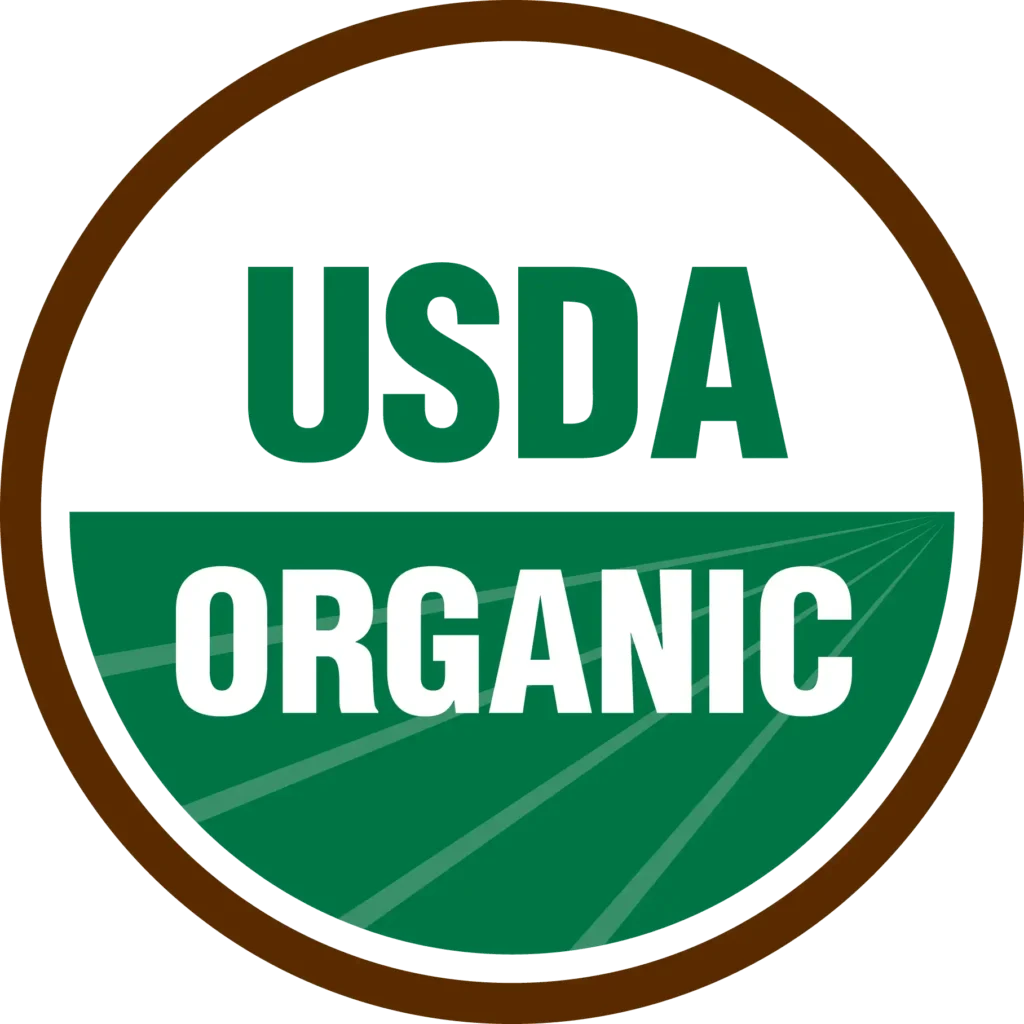
Why Does Organic Matter for Babies?
Babies eat a lot for their size. And their bodies? They’re still figuring things out, which makes them more sensitive to what’s in their food.
Non-organic produce can come with a side of pesticide residues. Even small amounts can be a big deal when you’re tiny and growing.
The American Academy of Pediatrics says organic foods can cut down exposure to these residues and lower the risk of antibiotic-resistant bacteria. It’s not magic — just fewer chemicals, fewer risks. Pesticide exposure has been linked to health issues, and when farms cut back on antibiotics, it means fewer drug-resistant bacteria in the long run.
But don’t expect organic to automatically mean more vitamins. Sometimes, the nutrient levels are pretty much the same. It’s more about cutting out the extras you don’t want.

Store-Bought vs Homemade Organic Baby Food
Store-Bought Organic Baby Food
Sometimes, you just need fast. Store-bought organic baby food can be a lifesaver. Just look for that USDA Organic seal to know you’re getting the real thing.
- Earth’s Best
- Happy Baby Organics
- Once Upon a Farm
- Little Spoon
Keep it simple. The ingredient list shouldn’t read like a chemistry project. If it says “organic carrots,” it should just be carrots.
Homemade Organic Baby Food
Got a little time? Making baby food at home means you know exactly what’s in it. You pick the produce. No weird extras. Just the good stuff.
Steam, bake, or roast soft fruits and veggies. Blend with a little breast milk, formula, or water. That’s it. Simple. Clean.
Freeze in silicone ice cube trays. One cube, one meal. Easy to pop out, warm up, and serve. No special gadgets needed. Just a blender, a few containers, and a bit of time.
You can mix it up, too. Apples and carrots. Peas and pears. Sweet potatoes with a pinch of cinnamon. Just keep it clean, keep it simple.
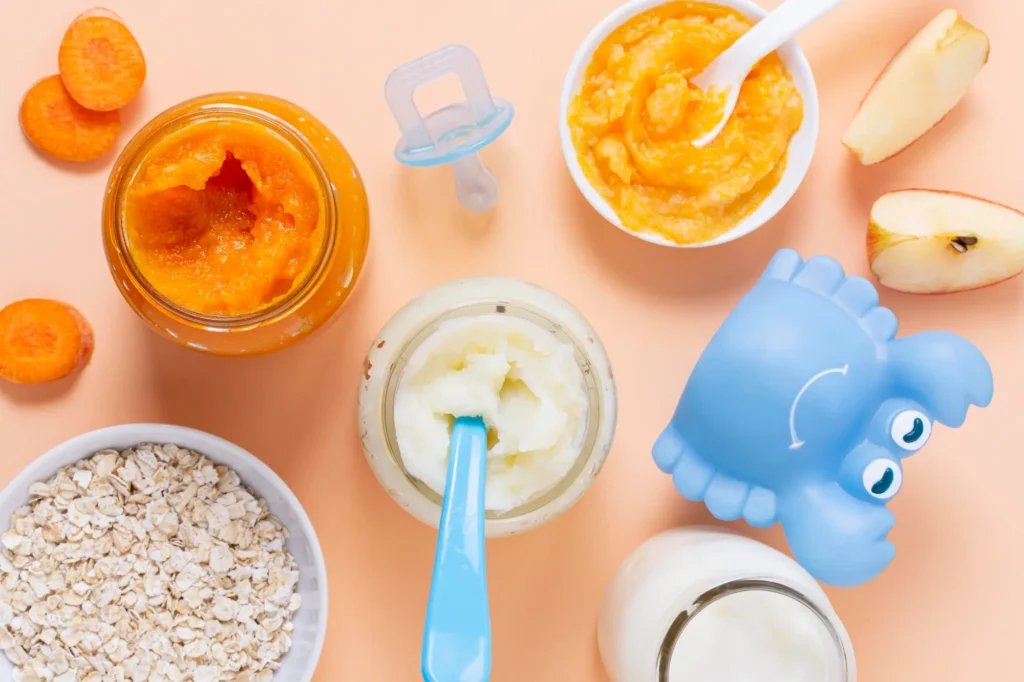
How to Save Money on Organic Baby Food
Organic doesn’t have to blow your budget. You just need a few tricks.
- Go Frozen: Usually cheaper. Just as nutritious. Spinach, peas, blueberries — they blend fine for purees. And they last. You’re not racing the clock like you do with fresh.
- Farmers Markets: Not every stand will have that USDA seal, but a lot of small farms grow clean without the fancy label. Just ask. You might find better prices, too.
- Store Brands: Big names like Costco, Trader Joe’s, and Aldi have organic lines. Often priced lower. Same standards. Just keep an eye on the ingredient lists.
- Batch Cooking: Roast a tray of carrots, squash, or sweet potatoes. Mash, freeze in small portions. Done. One batch, weeks of meals.
If you’re looking for ideas, check out this homemade baby food guide — it breaks down recipes, cost tips, and when store-bought makes sense.
When Should You Start Organic Baby Food?
Most babies hit that “ready for solids” stage somewhere between 4 and 6 months, but not all at once. Every kid’s on their own timeline. Some are eager little foodies early on, others need a bit more time.
Signs They’re Ready:
- Can sit up with support. Keeps things safer, less chance of choking.
- Good head and neck control. They need this for safe swallowing.
- Interested in your food. Reaching for your plate, watching every bite — these are the early signals.
Always run it by your pediatrician first. They’ll have a better idea of your baby’s growth, strength, and overall readiness. And when you do start? Go slow. One food at a time. Give it a few days before trying something new. If there’s a reaction, you’ll know exactly what caused it.
How to Read Baby Food Labels
Don’t just grab the jar with the cutest design. Flip it over. Check the fine print. Labels can be tricky. What’s on the front is marketing. What’s on the back? That’s the truth.
- USDA Organic Seal: Means the food meets strict standards. No synthetic pesticides. No GMOs. No growth hormones.
- Non-GMO Verified: Tells you the ingredients aren’t genetically modified. It’s a different seal than USDA Organic, but they often go hand in hand.
- No Added Sugars or Salt: Babies don’t need it. Too much too soon can set up bad habits. Check for hidden sugars too — they sneak in under different names.
- Simple Ingredients: You should know every word on the list. “Organic peas” should just be peas. No fillers. No weird additives.
And remember, long lists usually mean more processing. Simple is better. Clean is best.
What Foods Should You Always Buy Organic?
Some produce soaks up more chemicals. Thin skins, rough surfaces — they hold on to more. If you’re trying to cut down on pesticide exposure, these are the ones to buy organic when you can:
- Strawberries: Fragile, thin skin. No barrier. They soak up a lot.
- Spinach: High in nutrients, but a sponge for sprays. It’s up there with the worst.
- Apples: The skins hold on to more than just flavor. If you eat the peel, go organic.
- Peaches: Thin, soft skin. Not much of a defense. Soaks up sprays.
- Cherries: Small, but hit hard. Often treated with a mix of chemicals.
When you can, go organic with these. Cuts down on the chemicals, which is better for you and the planet.
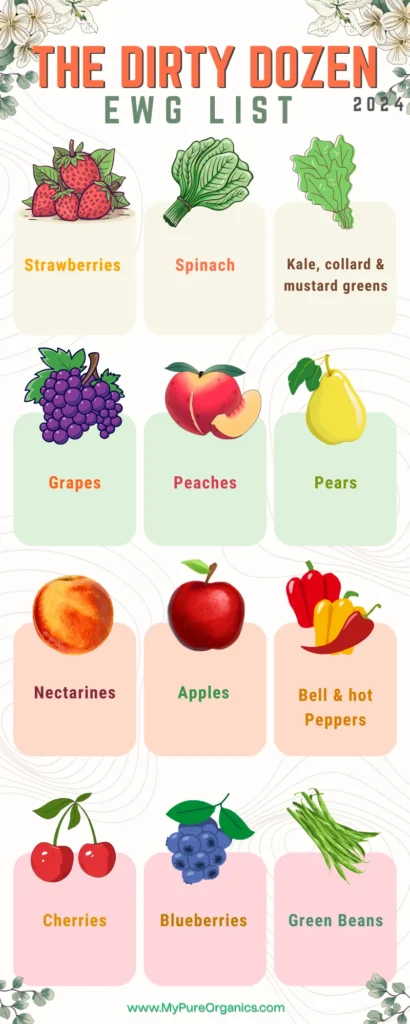
Real Parent Questions (and Quick Answers)
What if I can’t afford all organic?
Start where it counts. The Dirty Dozen — the worst offenders when it comes to pesticide residue. If fresh organic feels like a stretch, hit the frozen aisle. Same nutrients, fewer dollars. Farmers markets? Sometimes a goldmine, sometimes a bust, but worth a look if you’ve got one nearby.
Can I really make baby food at home?
Yeah, you can. Doesn’t have to be a whole production. Steam a batch of veggies. Blend. Freeze in trays. One cube, one meal. Done. No fancy gear needed. Just a blender and some containers.
How do I know what my baby likes?
Try it. Then try it again. And again. Babies are weird. Sometimes it takes 8 to 10 tries before they stop making that face. Texture throws them off. Timing matters too. Keep at it.
Final Thoughts
You don’t have to go all organic to make smart choices. Focus on the foods that matter most, read labels, and do what you can. Organic isn’t about perfection — it’s about making better choices when possible.
Next Steps? Check out these:

